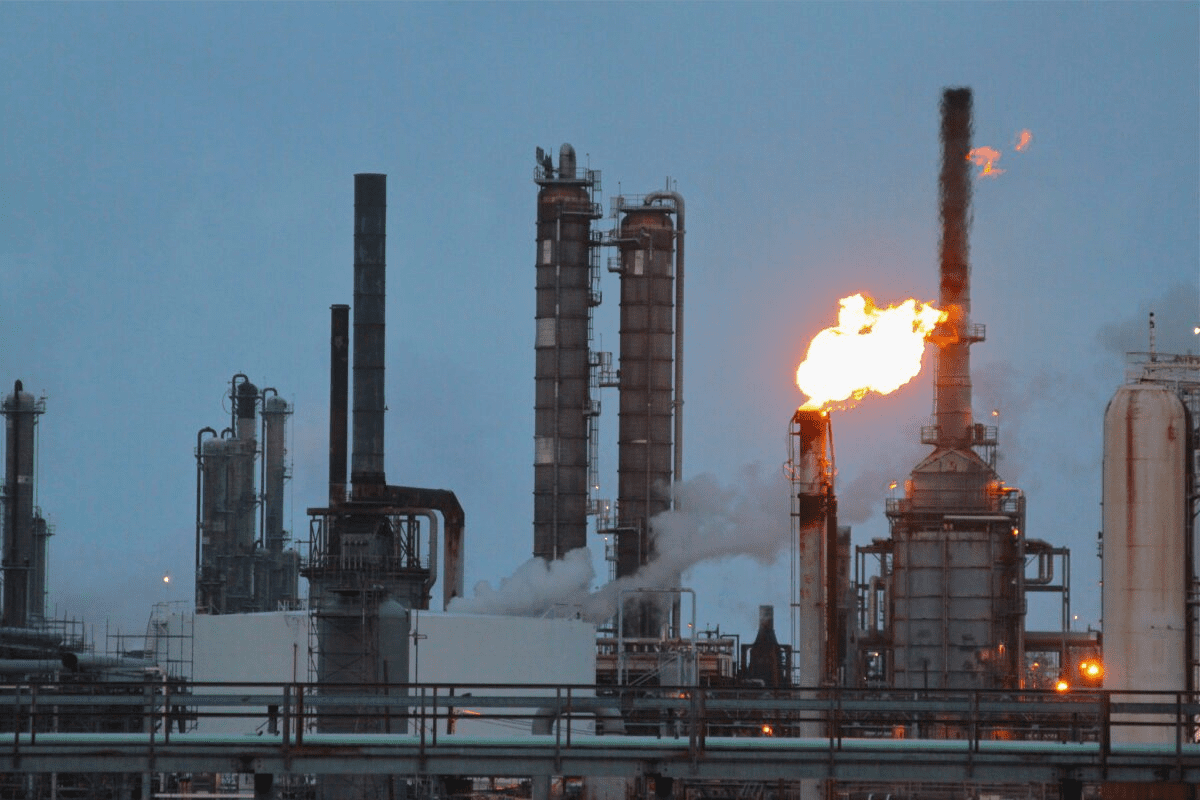The natural gas market has been struggling for five weeks due to mild weather conditions. Futures of the heating fuel on the New York Mercantile Exchange’s Henry Hub were on track for a 5% decline in the latest week, adding to the 48% drop over the previous four weeks. This is because temperatures in the northern hemisphere have been unseasonably warm for a winter. The front-month February gas contract on the Henry Hub settled at $3.174 per mmBtu, or metric million British thermal units, at Friday’s close. It fell to a new 19-month low of $3.11 during the session, causing concern among natural gas bulls that the market could drop to $2 levels. However, the market recovered, with the $3 support holding. That means natural gas market experiences 5-week decline of over 50%.
It is being reported that the natural gas market is experiencing one of its most challenging months, due to the start of what the industry describes as the warmest winter in two decades. Statements from analysts suggest that there is still time to fix the market, but that cooperation from Mother Nature is crucial, and it needs to happen quickly. It is stated by analysts at Houston-based energy trading consultancy Gelber&Associates in a note to their clients in natural gas that “there is still the remainder of January, as well as the months of February and March, left to go before the end of the winter withdrawal season, therefore, weather will still play a large role in the bullishness or bearishness of NYMEX gas futures prices.” It is further stated in the note that “without meaningful, extended cold periods in the longer-range forecasts, it sets up end-of-season gas storage to potentially land in notably bearish territory by April 1.”
It is reported by the analysts at Gelber that throughout the initial 2.5 months of the winter withdrawal season, natural gas inventories have decreased by a total of 760 bcf or billion cubic feet, which was 213 bcf below the five-year average. It is further stated by the analysts that “even with the potential for at least another two sizable bearish withdrawals on the horizon, unless there are some big surprises from Mother Nature over the next few weeks, the 2022-23 winter will retain its position as the smallest to-date draw in the last five years well into February.”
While gas production has increased by over 5 bcf per day compared to the previous year, experts believe that for the natural gas market to improve, February needs to be colder than average and result in at least one more 200-plus bcf storage withdrawal this season. Additionally, the reopening of the Freeport LNG terminal, which has been closed for months and has hindered the consumption of 2 bcf per day or 60 bcf per month, could also positively impact the market by resuming exports of liquefied natural gas by February.

















